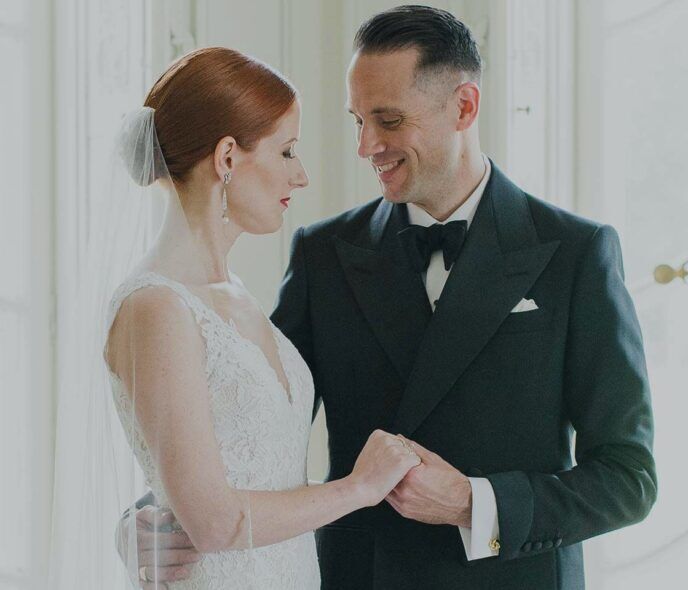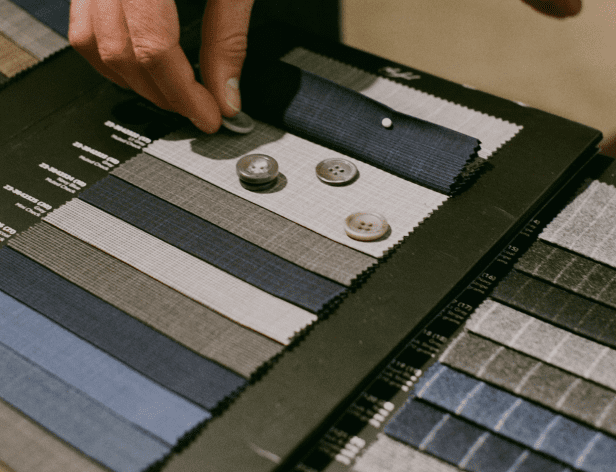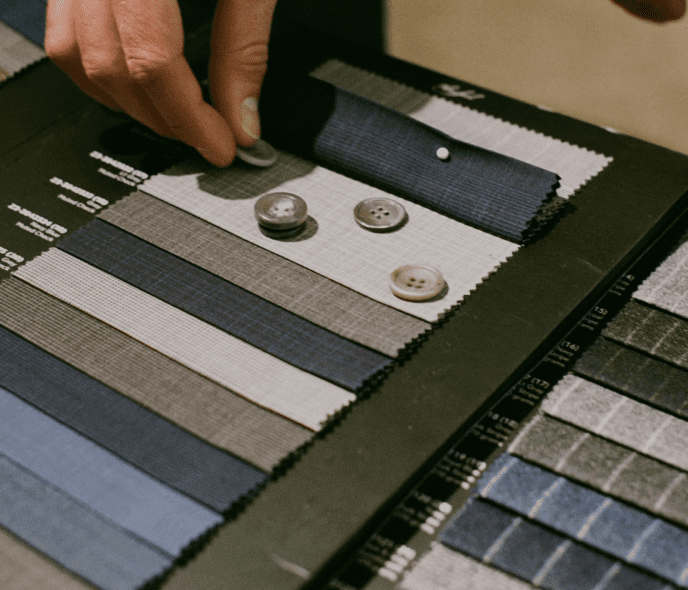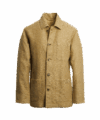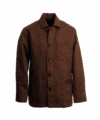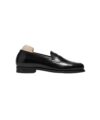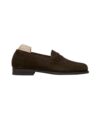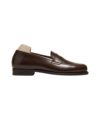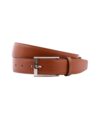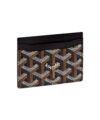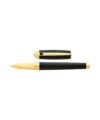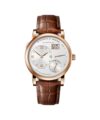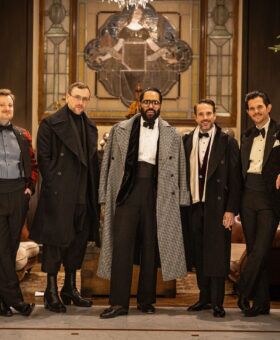Share
The accessory that helps pull black tie attire together
If you’re the type of person that has ever attended, or plans on attending, a black tie event, then hopefully you’re aware of the cummerbund. What can seem like a pretty non-functional menswear accessory is actually pretty crucial to a refined formal look.
The garment itself is really very simple – a broad cloth sash, wider in the front, worn around the waist just overlapping the top of your trousers.
| WEARING | Polo Ralph Lauren tuxedo and cummerbund, Reiss shirt, Turnbull & Asser bow tie | PHOTOGRAPHY | by Rob McIver Photo
As a part of black tie attire, a cummerbund is usually black to match the (usually) black trousers, and contains upward-facing pleats to hold ticket stubs and receipts – a functional carryover from the golden age of menswear when black tie was often worn to theater and opera events.
Why is a cummerbund so crucial? By matching the color of one’s trousers, a cummerbund eliminates that unsightly white ‘V’ of dress shirt that pokes out below the button of a single-breasted dinner or tuxedo jacket.
Without a cummerbund, that little section of shirt stands out like a sore thumb, killing the clean lines of a well-tailored ensemble. Pop on the cummerbund, and boom – problem solved, with a clean transition from trouser to cummerbund to jacket.
Now, the really cool thing about the cummerbund lies in its sort of exotic origin. Whereas a majority of modern menswear traces its influences back to American or British military garments, or European textile traditions, the cummerbund actually hails from Asia, where British officers first saw them worn by Indian men in colonial India and picked it up as an alternative to a traditional waistcoat.
Over time, variations have found their way into the occasional military uniform, such as the French Army of Africa, and the nomenclature has been adopted for waistbands of sporting gear like wetsuits or competitive gymnastic uniforms.
However, the true staying power of the cummerbund will always remain in the black tie attire of the classic gentleman.
Thanks for reading.
Stylishly Yours,
Adam Lehman
He Spoke Style



